PR-Holonet is a low-cost, open-source emergency communications gateway that is easy to build, configure and use. It is built for operation in disaster-struck zones or hard-to-reach areas with little or no existing power or communication infrastructure. PR-Holonet can work as a gateway to cellular SMS services or as its own stand-alone communications network and can be used anywhere in the world. It is a strictly modular platform requiring little or no technical knowledge to build, with easy to source commercially available components, and without requiring tools of any sort.
The goal of this project is to provide comms during the initial phase of disaster response to first responders and community leaders. Hurricanes, tornadoes, wild fires, earthquakes, and snow storms are natural disaster challenges the country faces that can greatly impact existing comms infrastructure. PR-Holonet provides communications in disaster environments, where this lack of infrastructure can turn emergencies into a humanitarian crisis. It serves as a fast-response solution to enable planning and logistics during the assessment stage of disaster response while higher capacity systems are put in place.
PR-Holonet creates a reach-back mechanism to cellular SMS services by leveraging the IRIDIUM Communications Satellite Constellation. It is built under the premise of leveraging the widest set of available/existing equipment for use during emergency response. It will work with any computer or electronic device with Wi-Fi and an Internet browser to communicate over SMS messages, from anywhere in the world. It does not require any infrastructure other than a PR-Holonet unit, a 5V power source (Micro-USB, cellphone battery or solar), and a Wi-Fi device with an internet browser. PR-Holonet also serves as a stand-alone communications network, providing internal communication between units. The PR-Holonet backend is built using cloud-servers that provide the satellite gateway and process and route data. This isolates the communications services from the disaster zone in which it is operating.
PR-Holonet is completely modular and has been designed with the intent of facilitating its assembly within its deployment destination. It is meant to be built using simple instructions and little if any know-how or technical expertise. Assuming the backend is active and online, assembly by a non-technical person should take 10 minutes or less. All the building components were purposely selected from commercial off-the shelf and low-cost products in order to facilitate sourcing.
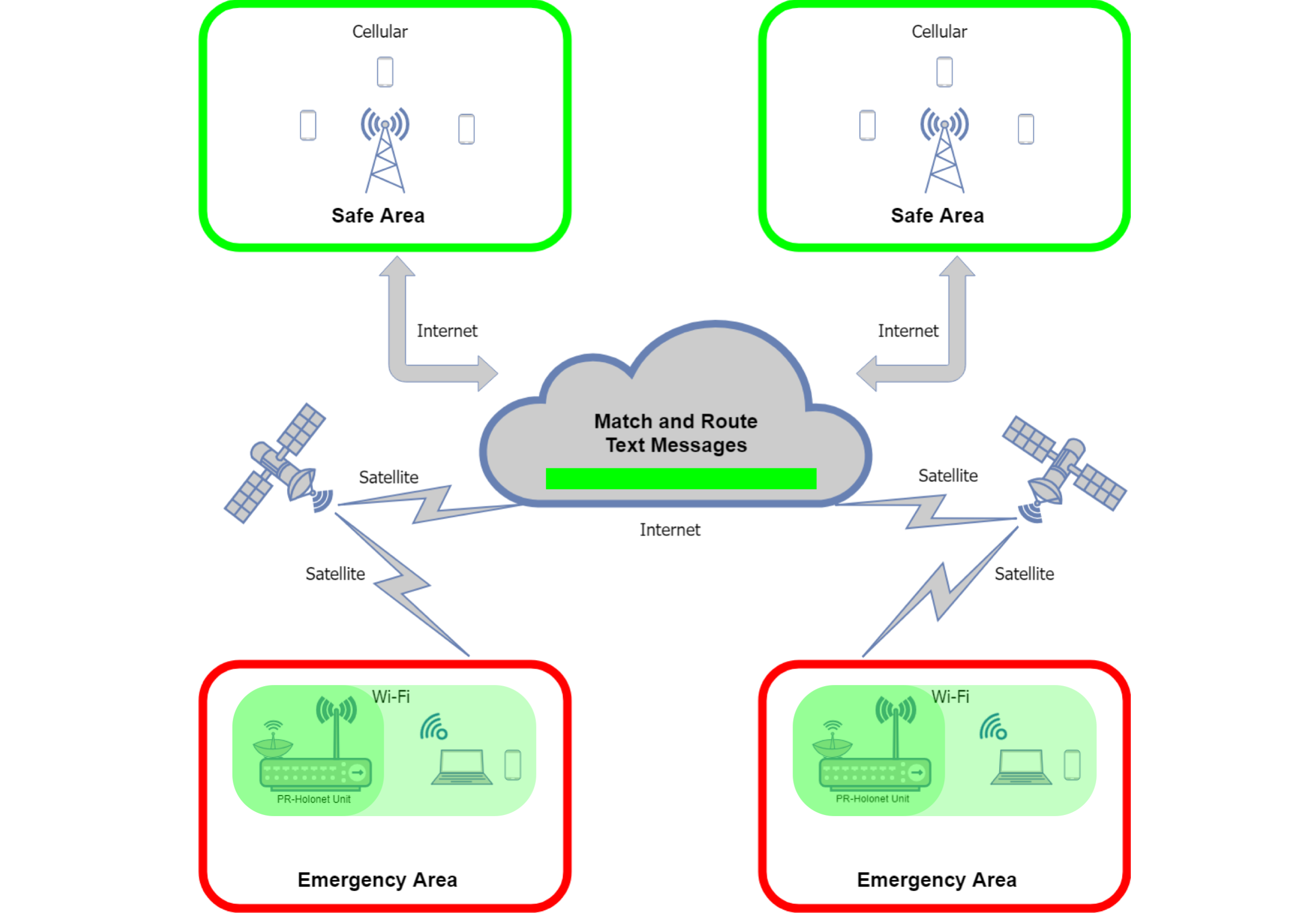
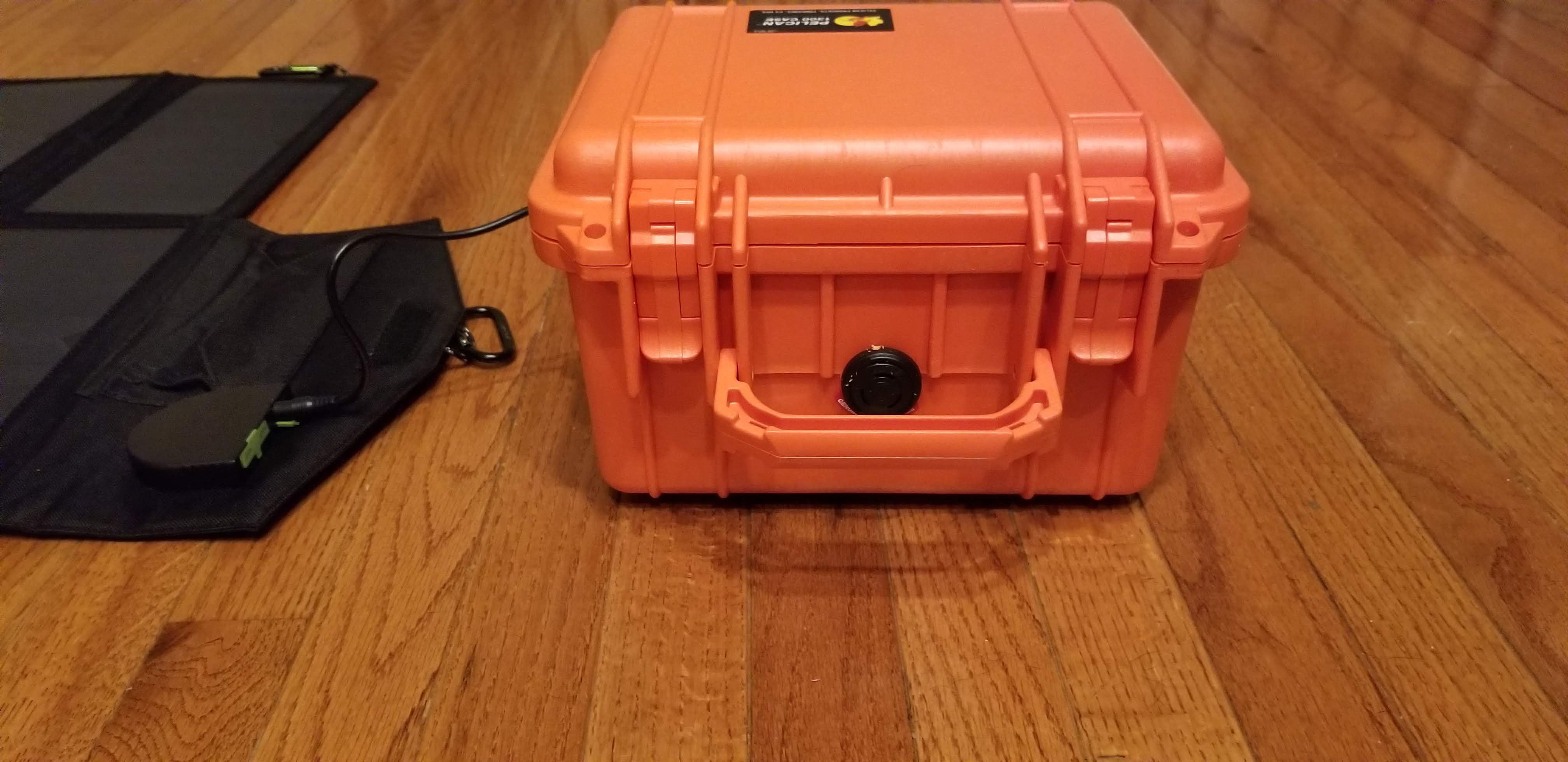

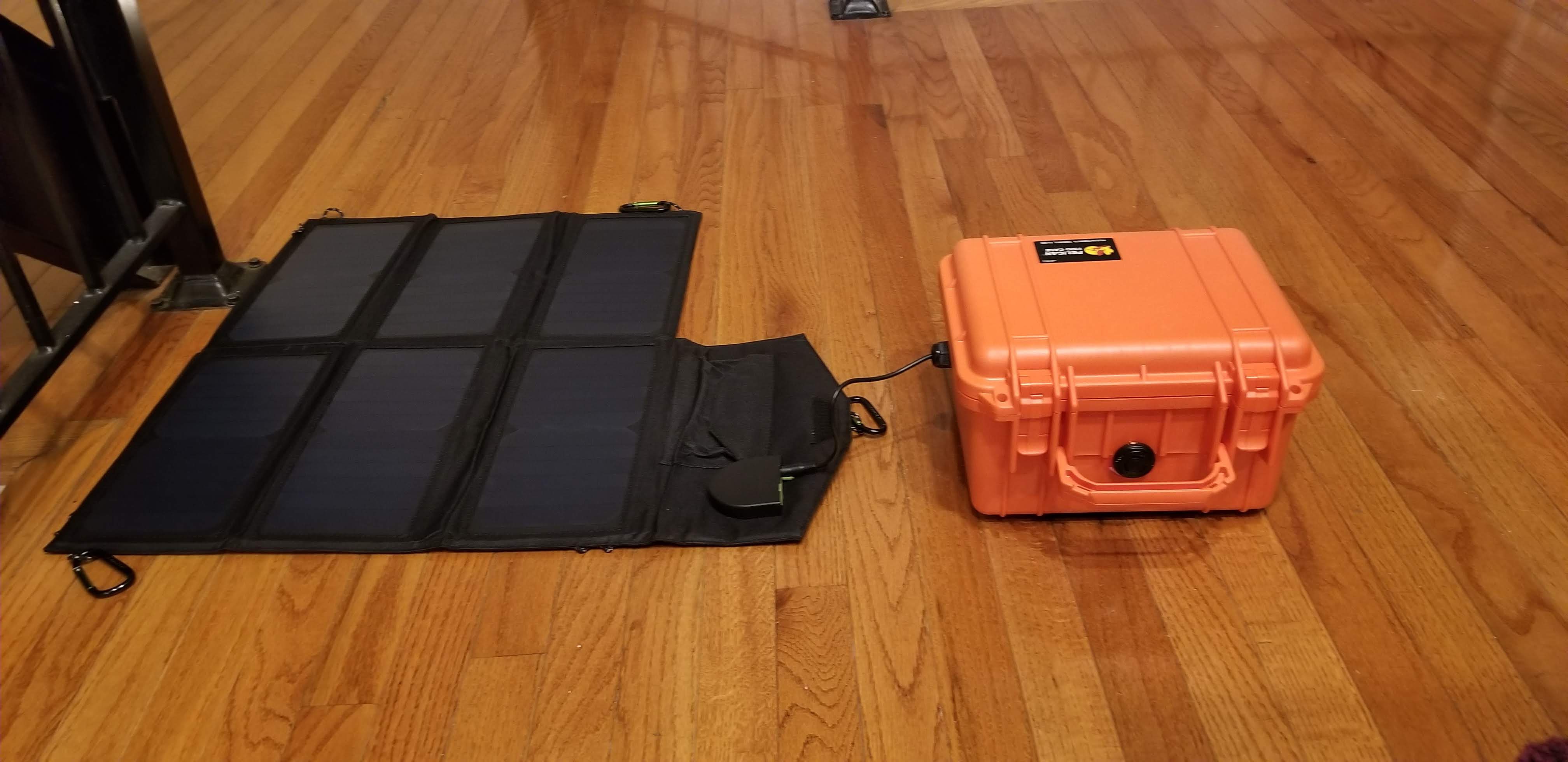


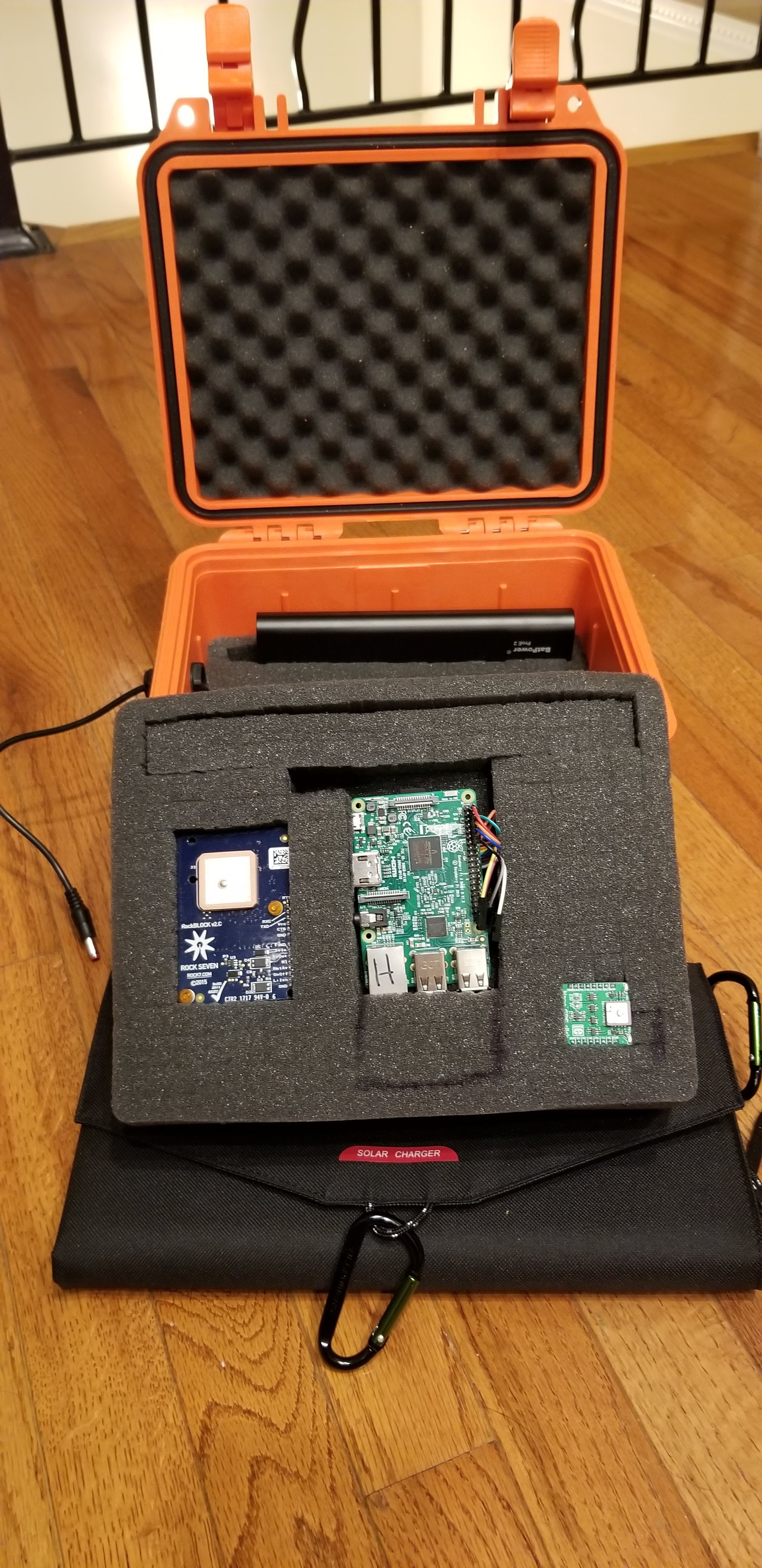
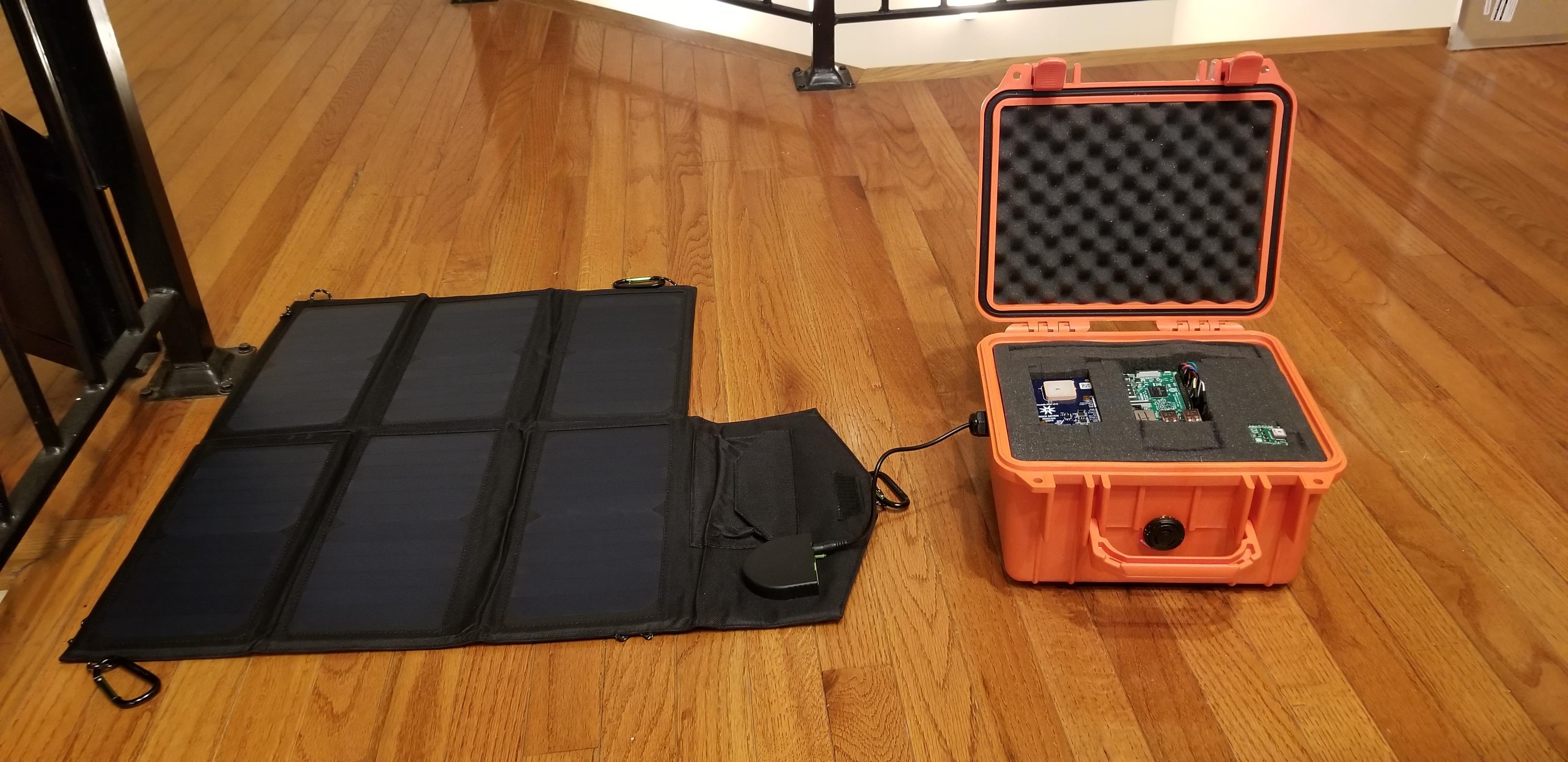

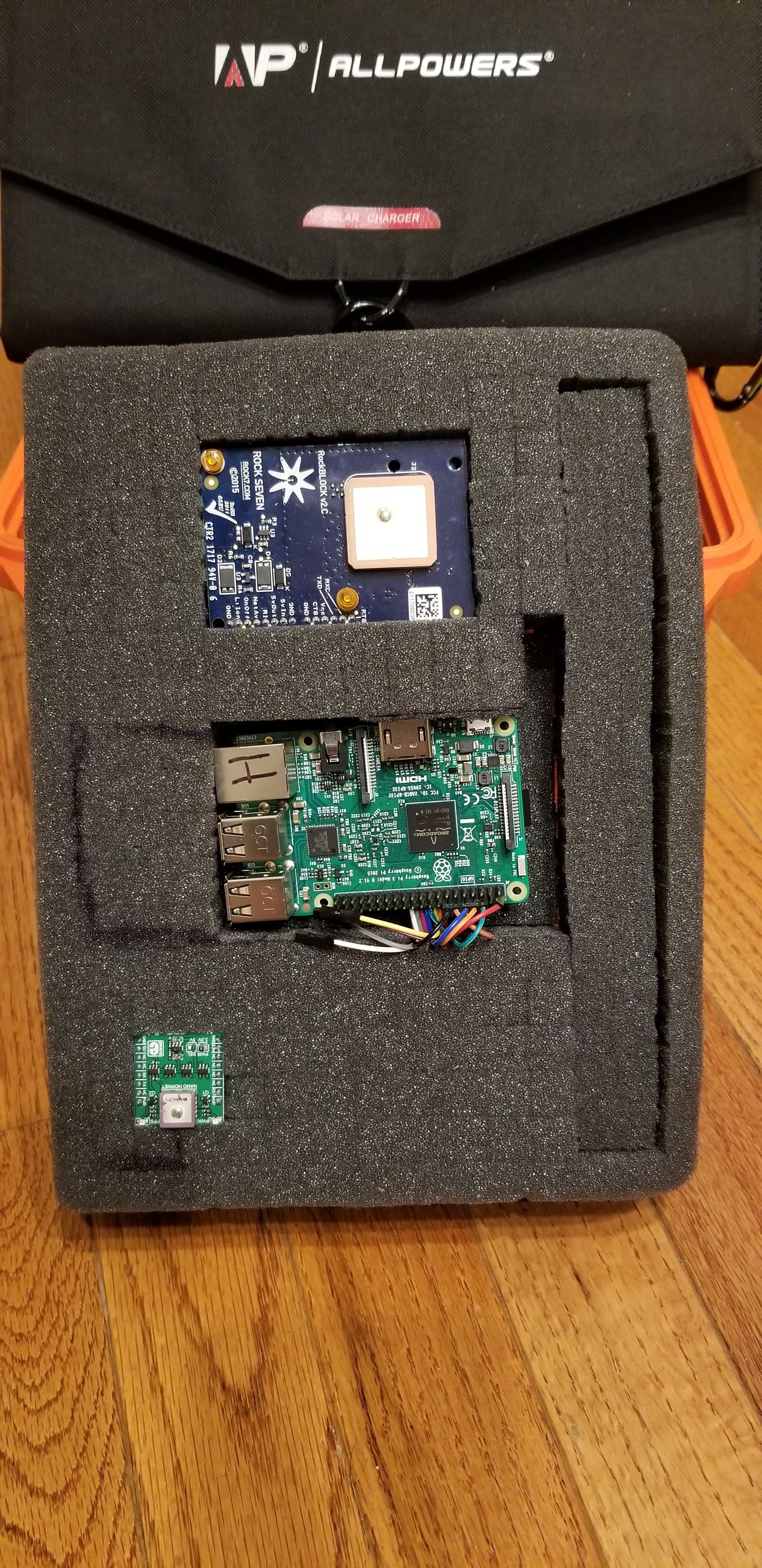
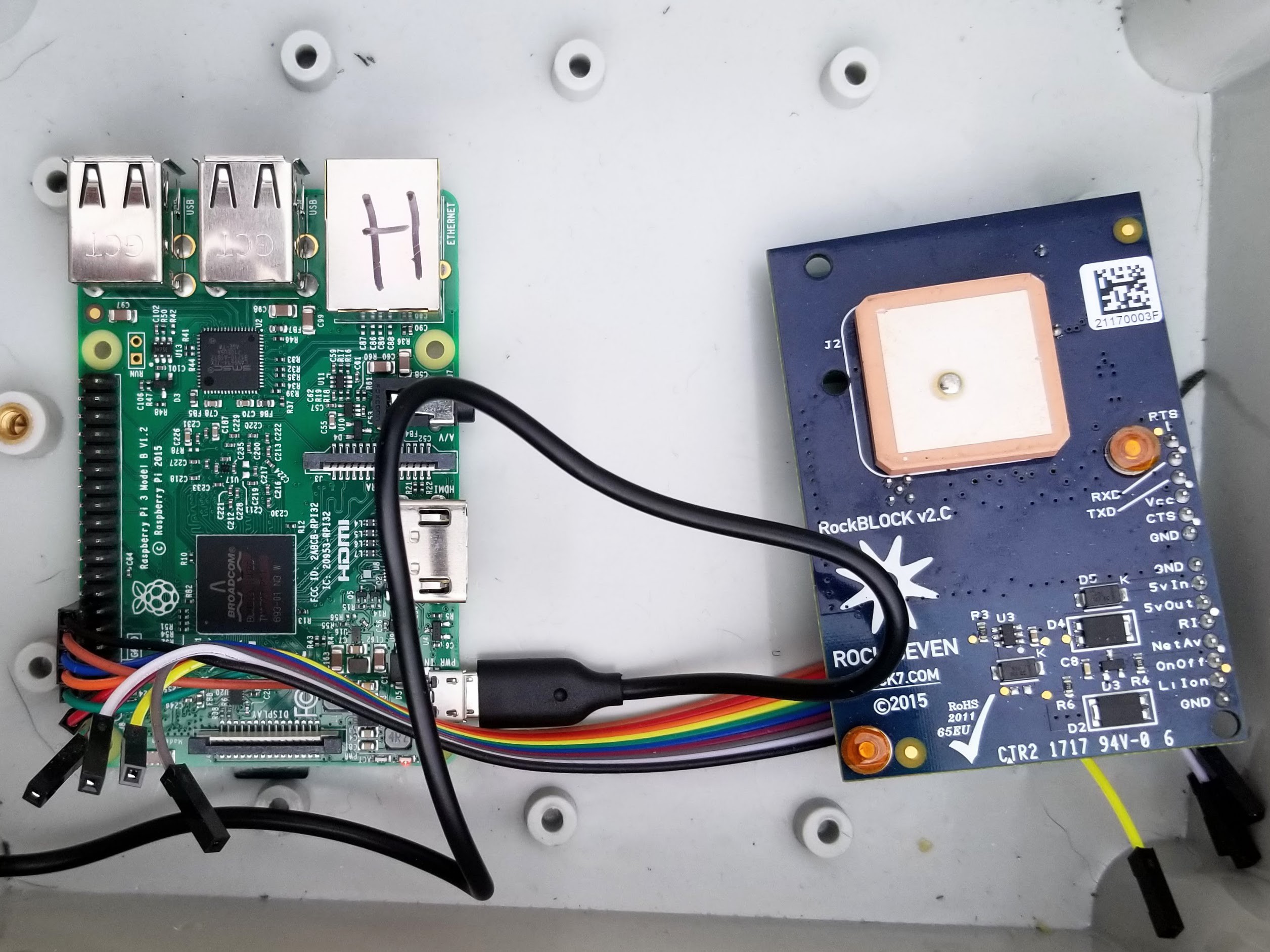
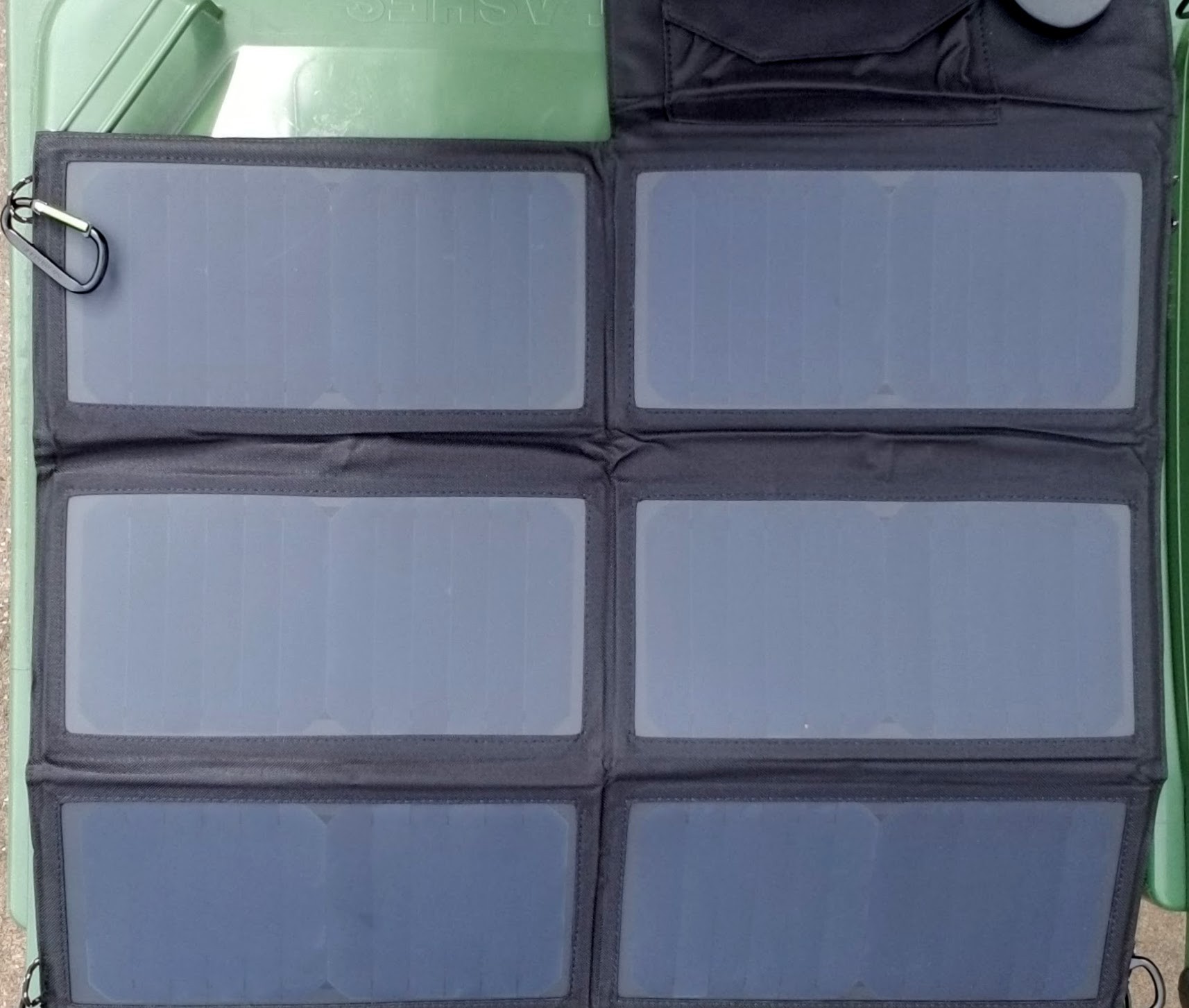
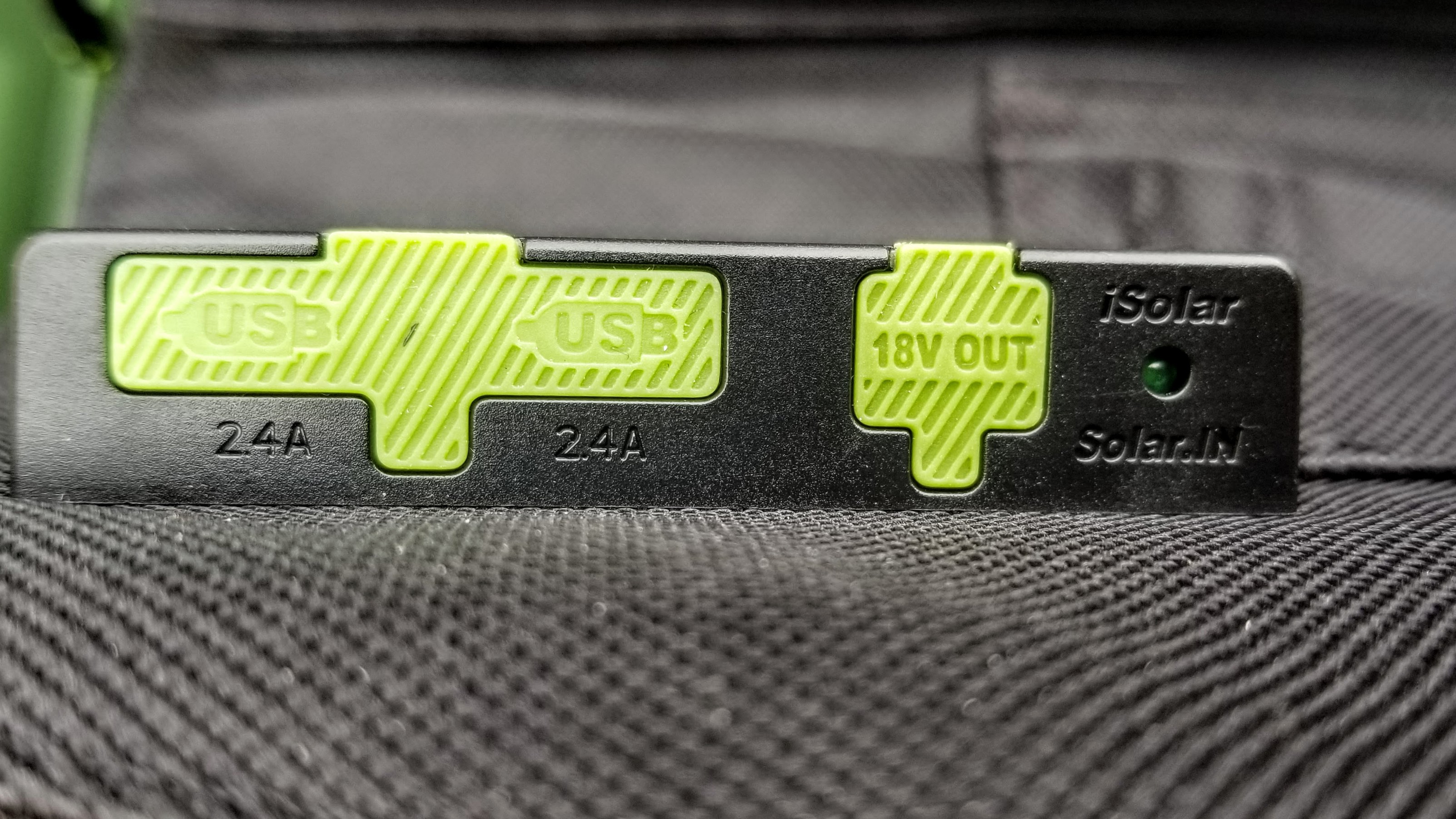
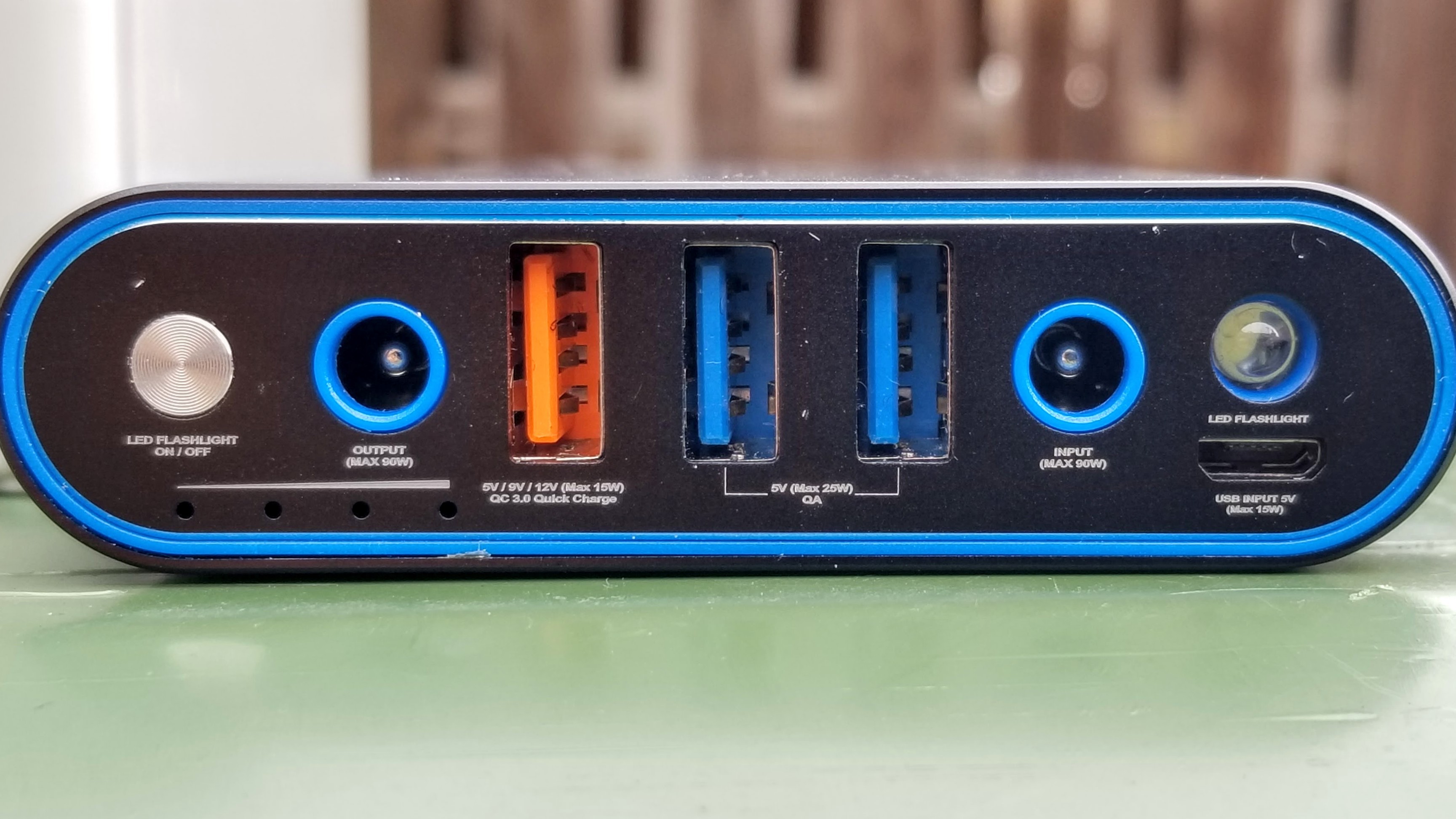
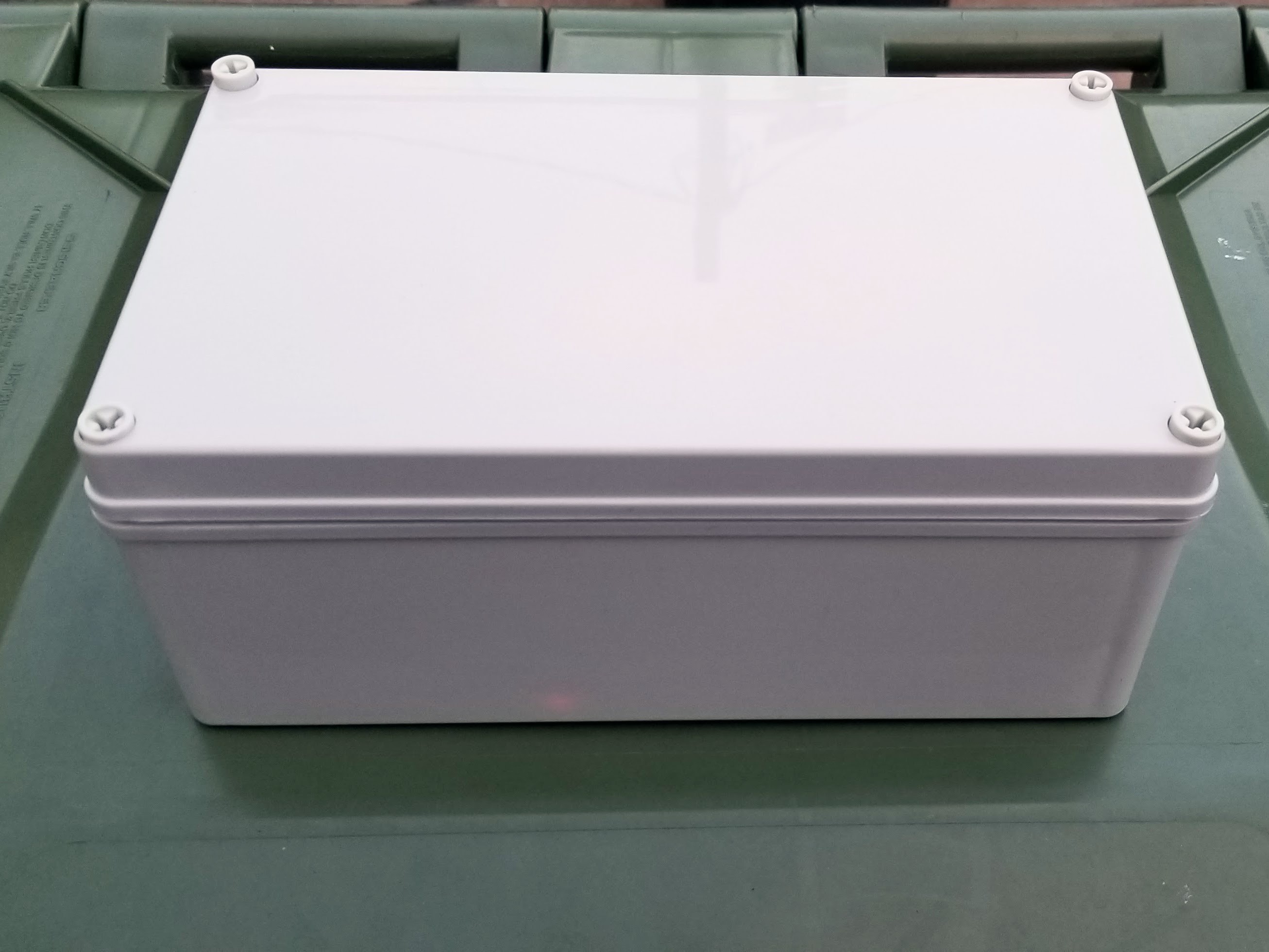

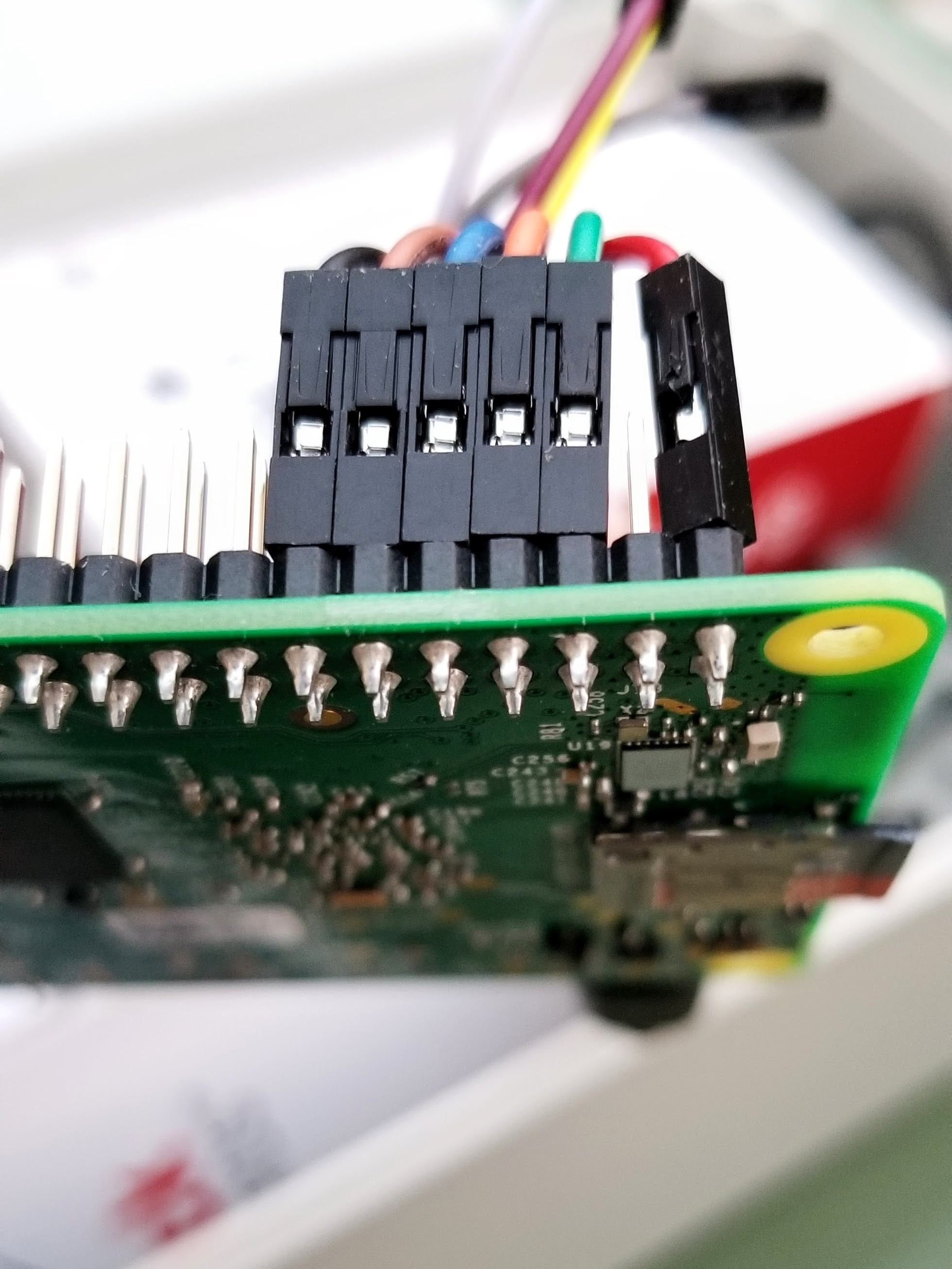






 Jose Pedro R. A. Ribeiro
Jose Pedro R. A. Ribeiro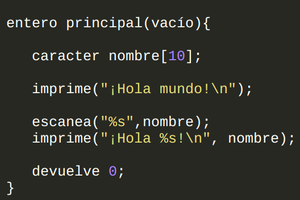
 Alvaro Ferrán Cifuentes
Alvaro Ferrán Cifuentes

 Jose Orlando
Jose Orlando
I live in Paradise,California the site of the deadliest fire in Californias history. Our home was destroyed, we barely escaped because of untimely notification, this system could be of use in situations where populations are scattered amongst peaks, canyons, etc.. where conventional communication may have already been compromised. Keep up this good work and thank you.